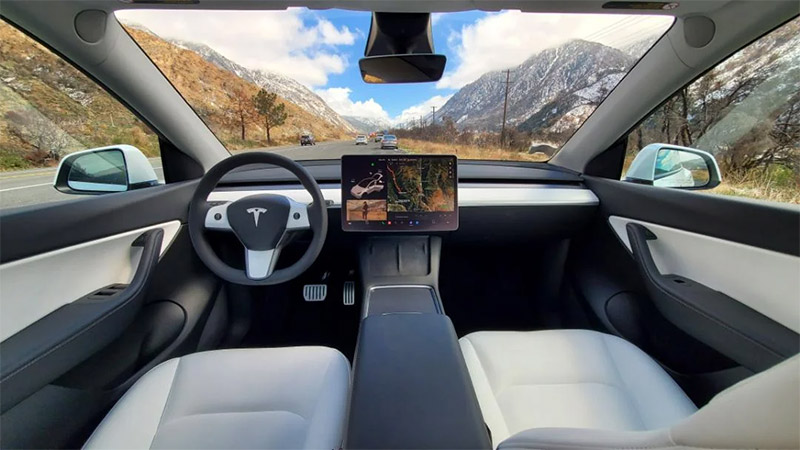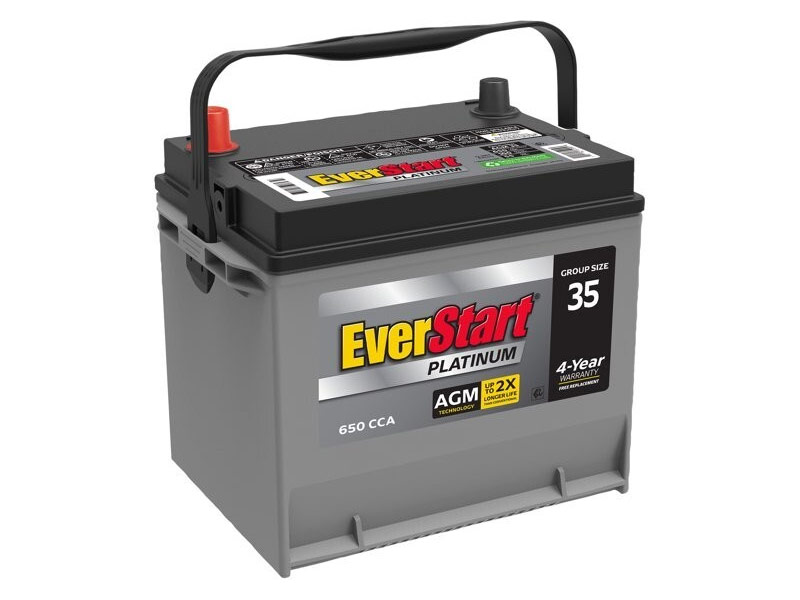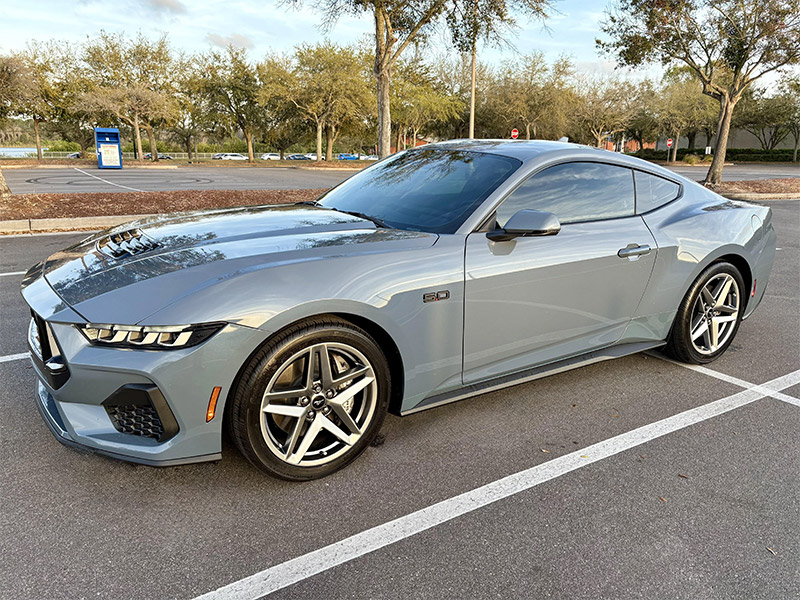
The debate between touchscreens and physical buttons in cars has gained traction as automakers increasingly adopt digital interfaces in their vehicles. Touchscreens offer sleek aesthetics and multifunctionality, while traditional buttons provide tactile feedback and simplicity. But are touchscreens genuinely more comfortable than buttons? The answer depends on a combination of usability, safety, and personal preference.
Touchscreens have become synonymous with modern automotive design. Their ability to consolidate numerous controls into a single interface appeals to drivers and manufacturers alike. With a touchscreen, settings for climate control, navigation, and entertainment can be accessed from a single display. This reduces the need for a cluttered dashboard and allows for customization of features. For some, this centralized approach enhances convenience, especially as touchscreens grow larger and more intuitive with advanced graphics and voice-command integration.
However, the comfort of touchscreens comes with caveats. While their streamlined design is visually appealing, they often require drivers to look away from the road to operate. Adjusting settings on a touchscreen can be distracting, as users must visually locate and tap precise areas on the screen. This lack of tactile feedback contrasts sharply with the experience of using physical buttons or knobs, which allow for adjustments without taking your eyes off the road. Critics argue that this makes touchscreens less practical for tasks that require frequent interaction while driving.
Physical buttons and knobs, despite being less trendy, have long been favored for their ease of use and reliability. They offer the tactile feedback necessary for quick, accurate adjustments without visual confirmation. For instance, turning a volume knob or pressing a button to adjust the temperature can be done intuitively, even while focusing on driving. This simplicity makes buttons particularly appealing in situations where rapid adjustments are needed, such as changing radio stations or defrosting windows in inclement weather.
Safety is another crucial factor in the touchscreen versus button debate. Studies have highlighted the potential risks of touchscreens, emphasizing the increased cognitive load they place on drivers. Operating a touchscreen often involves navigating menus, which can lead to longer periods of distraction compared to the straightforward operation of buttons. As automakers strive to create safer vehicles, some are exploring ways to integrate touchscreens with advanced voice controls and gesture recognition, aiming to minimize physical interaction altogether.
Another consideration is durability and functionality over time. Buttons and knobs are often more robust and less prone to failure than touchscreens, which can develop issues such as unresponsive areas, glare, or fingerprint smudges. In extreme temperatures, touchscreens can also suffer from reduced performance, making physical controls a more reliable choice in certain climates.
Consumer preferences also play a significant role in determining which interface feels more comfortable. For tech-savvy individuals accustomed to smartphones and tablets, touchscreens may feel intuitive and futuristic. On the other hand, drivers who prioritize simplicity and dependability may find physical buttons more satisfying. Automakers are beginning to recognize the value of offering both options, blending touchscreens with a limited set of physical controls to strike a balance between modernity and functionality.
Ultimately, the comfort of touchscreens versus buttons in cars is a subjective matter that depends on individual needs and expectations. Touchscreens excel in offering a clean, modern design with multifunctional capabilities, while physical buttons provide tactile reassurance and ease of use. As automotive technology continues to evolve, the ideal solution may involve a hybrid approach that leverages the strengths of both systems, ensuring safety, convenience, and user satisfaction.
The future of car interiors is likely to see continued innovation in this space, with advancements in voice recognition, haptic feedback, and even augmented reality interfaces. For now, whether touchscreens are more comfortable than buttons is a decision left to the preferences of each driver. Both options have their merits, and the best choice will depend on how you prioritize aesthetics, functionality, and safety in your driving experience.

